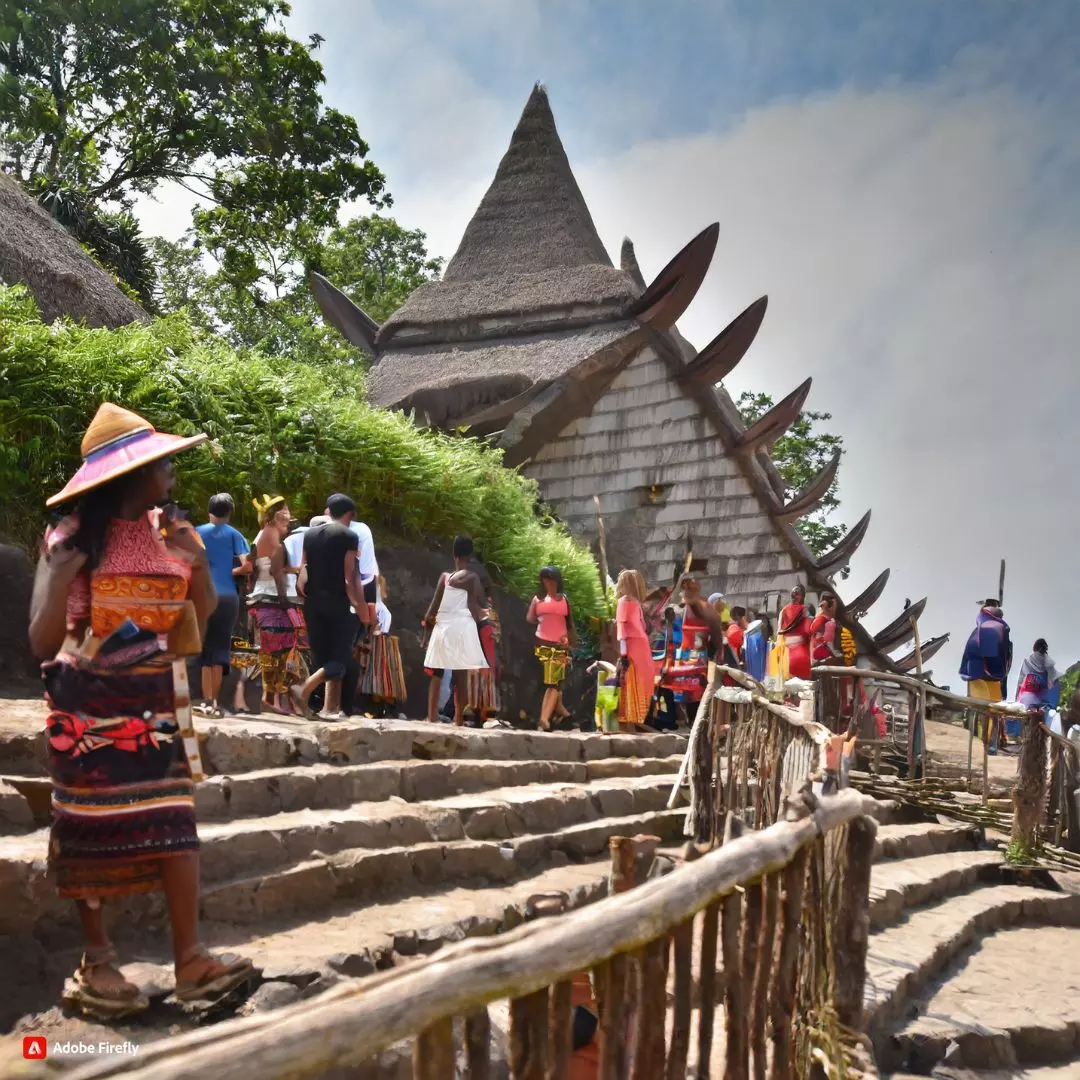Bastar, a district nestled in the heart of Chhattisgarh, offers a journey into a mysterious world of ancient traditions and vibrant tribal cultures. Amidst the dense forests and hills, the indigenous communities have preserved their unique way of life, captivating the imagination of visitors from across the country and beyond.
While Dussehra is celebrated nationwide to commemorate the victory of good over evil, Bastar boasts a unique twist to this festival. The tribal-dominated region celebrates ‘Bastar Dashara’ for an extensive 75 days, starting with the new moon in the month of Shravan. Unlike the customary burning of Ravana’s effigy, the festivities in Bastar focus on intricate rituals, culminating in the Maharaj Darbar of Bastar, where public grievances are heard.
In a tradition reminiscent of the Pyramids of Egypt, Bastar unveils its wonders with the custom of ‘dead pillars.’ The Maria and Muria tribes craft memorials for their departed, resembling mini-pyramids. Though not as grand, these structures hold unique cultural significance, reflecting the tribes’ deep connection to their ancestors.
Ghotul Tradition: Unveiling Social Harmony
Among the Madia tribes, the Ghotul tradition stands out, providing a space for young boys and girls to celebrate festivals freely and choose their life partners. The Ghotul, often an open-floor mud cottage, embodies social acceptance and fosters camaraderie among the tribal youth.
Bastar boasts the largest number of tribes in the country, each with its distinct dialect, attire, and lifestyle. The Gonds, recognized as the oldest tribe, practice the unique Ghotul system of marriage. The Maria tribe, known for their Bison-Horn dance, and the Murias, with their agrarian economy and Ghotul institutions, contribute to the rich cultural tapestry.
While the tribes thrive on their ancient cultures, the looming threat of deforestation poses economic challenges. The tribes, largely dependent on forests, face difficulties as natural habitats diminish. Yet, their commitment to environmental conservation, worshipping trees to protect the forest, serves as a lesson for modern society grappling with environmental issues.
Explore the unique characteristics of tribes like Gonds, Maria, Halba, Dhurva, and Dolra, each with its own set of traditions, festivals, and social structures. The Gonds, known for their matriarchal society, the Marias with their devotion to Goddess Danteswari, and the Halbas, primarily farmers, paint a vivid picture of the diverse cultures thriving in Bastar.
Bastar, a haven of tribal heritage, beckons travellers to witness the extraordinary blend of ancient traditions and cultural diversity. As we navigate through the landscapes painted with the vibrant hues of tribal life, Bastar stands as a testament to the resilience of these communities, carrying forward their unique customs in the face of modern challenges.
Also Read: Mehrangarh Fort: A Tapestry of Legends, Architecture, and the Enigmatic Curse Unveiled












